Home>Interior Design>How To Create Repetition In Interior Design For Decorating Success
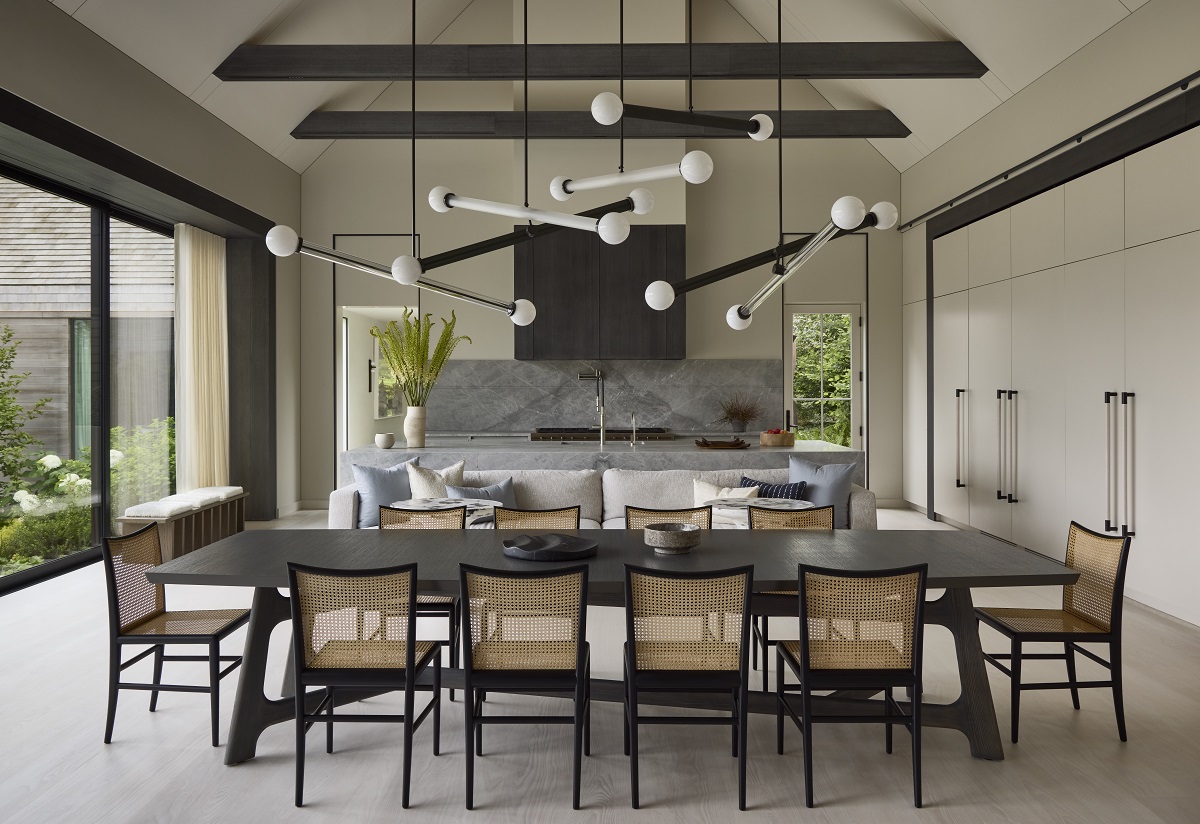

Interior Design
How To Create Repetition In Interior Design For Decorating Success
Modified: January 8, 2024
Learn how to create repetition in interior design for decorating success. Discover the key techniques and tips for achieving cohesive and visually appealing interiors.
(Many of the links in this article redirect to a specific reviewed product. Your purchase of these products through affiliate links helps to generate commission for Storables.com, at no extra cost. Learn more)
Introduction
When it comes to interior design, repetition is a powerful tool that can elevate the overall aesthetic and create a cohesive and harmonious space. By strategically repeating certain elements, you can bring a sense of rhythm, balance, and visual interest to your design. Repetition can be used in various ways, from color and patterns to furniture and accessories, textures and materials, and even symmetrical or asymmetrical arrangements.
In this article, we will delve deeper into the concept of repetition in interior design and explore how you can harness its potential to achieve decorating success. Whether you are a novice decorator or an experienced designer looking to refine your skills, understanding the art of repetition will enable you to create visually stunning and engaging spaces.
So, let’s dive in and discover how repetition can transform your interior design!
Key Takeaways:
- Embrace the art of repetition in interior design to create visually stunning and harmonious spaces. By strategically repeating key elements such as color, patterns, furniture, and textures, you can achieve a cohesive and engaging aesthetic.
- Balance repetition with variety to prevent monotony and add depth to your design. Use intentional repetition to create impactful focal points and guide the eye throughout the space, resulting in visually captivating and well-curated interiors.
Read more: How Successful Is Big Lots Home Decor
Understanding the Concept of Repetition in Interior Design
Repetition in interior design refers to the intentional use of recurring elements throughout a space to create a sense of unity and cohesiveness. This design principle allows you to establish a visual rhythm, reinforce a certain style or theme, and guide the eye to focus on specific elements. When used effectively, repetition can bring harmony and balance to your design, making it more visually appealing and engaging.
One of the key aspects of understanding repetition is knowing that it does not necessarily mean identical or exact replicas of elements. Repetition can be achieved through variations of a particular element, such as using different sizes, shapes, or colors, as long as there is a clear visual connection tying them together.
Repetition can be found in various aspects of interior design, including color and patterns, furniture and accessories, textures and materials, as well as the arrangement of elements. By strategically employing repetition, you can create a sense of order and rhythm while adding depth and visual interest to your space.
When considering repetition, it is important to balance it with variety. While repetition brings cohesiveness, too much of it can make a space appear monotonous or boring. By incorporating variety, you introduce contrast and unexpected elements, which enhance the overall visual impact of your design.
Now that you have a better understanding of the concept of repetition in interior design, let’s explore how you can identify key elements to repeat in your space to elevate its aesthetic appeal.
Identifying Key Elements for Repetition
Before you can effectively use repetition in your interior design, it’s important to identify the key elements that you want to repeat throughout the space. These elements will serve as the building blocks of your design, tying everything together and creating a cohesive look. Here are a few key elements to consider:
- Color: Color is perhaps the most obvious element to repeat in your design. Choose a color palette that resonates with your desired aesthetic and select a few dominant colors to anchor your design. Repeat these colors in various elements, such as walls, furniture, accessories, and textiles, to create a unified look.
- Patterns: Patterns add visual interest and can be repeated to create a cohesive design scheme. Whether you choose geometric patterns, floral motifs, or abstract designs, incorporating them in various elements like wallpaper, textiles, and artwork will help tie the space together.
- Furniture and Accessories: Repeat certain furniture styles or shapes throughout the space to create a sense of harmony. For instance, if you have a curved sofa in the living room, consider incorporating curved chairs or side tables in other areas of the room. Similarly, repeating accessories like lamps, vases, or throw pillows can further enhance the visual cohesiveness.
- Textures and Materials: Repetition of textures and materials adds depth and visual interest to a space. Whether it’s the natural grain of wood, the smoothness of glass, or the softness of velvet, incorporating these textures in various elements like flooring, furniture, and decor items will create a cohesive look and feel.
Remember, the key to successful repetition is not just mindlessly repeating elements, but doing so with purpose and intention. Choose elements that resonate with your design concept and carry a visual thread throughout the space. By identifying these key elements for repetition, you can create a visually pleasing and harmonious interior design.
Using Repetition in Color and Patterns
Color and patterns are powerful tools that can significantly impact the overall look and feel of a space. By utilizing repetition in color and patterns, you can create a cohesive and visually pleasing interior design. Here are some strategies to incorporate repetition in color and patterns:
Color:
- Color Palette: Start by selecting a color palette that resonates with your design vision. Choose a few dominant colors as the foundation of your palette, and repeat them throughout the space. This can be done through painted walls, furniture upholstery, decorative accessories, or even artwork.
- Accent Colors: In addition to the dominant colors, choose a couple of accent colors that complement the palette. These accent colors can be used in smaller doses but repeated strategically to create visual interest and balance.
- Color Blocking: Consider incorporating color blocking techniques by grouping furniture or accessories of the same color together. For example, you can create a cohesive look by grouping blue chairs around a dining table or arranging pillows of the same color on a sofa.
Patterns:
- Choose a Pattern: Select a specific pattern that complements your design theme or style. It can be a classic stripe, a bold geometric print, or a delicate floral pattern. Reproducing this pattern in various elements will create a sense of unity within your space.
- Apply the Pattern: Apply the pattern to walls, furniture upholstery, curtains, or rugs to visually tie the space together. Mixing and matching different scales of the same pattern can add depth and interest.
- Layering Patterns: If you’re feeling adventurous, layer different patterns together. Choose patterns that share similar hues or motifs to maintain cohesiveness. For example, you can pair a floral pattern with a coordinating stripe or a geometric print.
Remember, repetition in color and patterns is about striking a balance. You don’t want to overwhelm the space with too many repeated elements, as it can become visually overwhelming. Instead, use repetition strategically to create focal points, define areas, or guide the eye throughout the space. By incorporating repetition in color and patterns, you can achieve a harmonious and visually captivating interior design.
Creating Repetition through Furniture and Accessories
Furniture and accessories play a crucial role in interior design, and they offer excellent opportunities to incorporate repetition and create a cohesive look. By strategically repeating certain furniture styles and accessories, you can establish a sense of harmony throughout your space. Here are some ways to create repetition through furniture and accessories:
Furniture Style:
- Select a Style: Choose a particular furniture style that reflects your design concept. It could be modern, rustic, traditional, or eclectic. Select key furniture pieces that embody this style.
- Repeat the Style: Repeat the chosen furniture style in different areas of the space. For example, if you have a mid-century modern sofa in the living room, consider incorporating mid-century modern chairs, coffee tables, or sideboards in other parts of the house.
- Scale and Proportion: Pay attention to the scale and proportion of the furniture pieces you repeat. Maintain a balance between larger and smaller pieces to create visual harmony and avoid overwhelming the space.
Accessories:
- Choose a Theme: Select a theme or motif for your accessories. It could be nature-inspired, geometric, or cultural. Choose accessories that align with this theme.
- Repeat the Theme: Incorporate the chosen theme in various accessories throughout the space. This can include artwork, throw pillows, rugs, lamps, or decorative objects. This repetition will create a cohesive and intentional design statement.
- Grouping: Group accessories of the same theme together to enhance the visual impact. For example, create a gallery wall of nature-inspired artwork or arrange a cluster of geometric-patterned pillows on a sofa.
Remember to consider the overall balance and proportion of your space when incorporating repetition in furniture and accessories. The goal is to create a cohesive look without overwhelming the eye. By thoughtfully repeating furniture styles and accessories, you can achieve a harmonious and visually captivating interior design.
Incorporate repeated patterns, colors, or shapes throughout the space to create a sense of cohesion and harmony in your interior design. This can be achieved through the use of matching accessories, textiles, or artwork.
Employing Repetition in Textures and Materials
Texture and material are essential elements in interior design that can greatly impact the look and feel of a space. By employing repetition in textures and materials, you can create visual interest, add depth to your design, and establish a cohesive aesthetic. Here’s how you can incorporate repetition in textures and materials:
Textures:
- Select Key Textures: Identify a few key textures that align with your design concept. It could be the roughness of natural stone, the smoothness of glass, or the softness of velvet. Choose textures that complement each other and evoke the desired atmosphere.
- Repeat the Textures: Use the selected textures in various elements of your space. For example, if you have a rough stone accent wall, consider incorporating small touches of stone in other areas, such as a stone countertop, a stone sculpture, or stone tiles in a backsplash.
- Layering: Experiment with layering textures to create visual interest. Combine different textures that share a similar color palette or style. For example, pair a fluffy sheepskin rug with a woven jute pouf for a cozy and textural mix.
Materials:
- Choose Key Materials: Identify a few key materials that will form the foundation of your design. It could be wood, metal, glass, or fabric. Select materials that complement the style and ambiance you want to create.
- Repeat the Materials: Use the chosen materials throughout your space. For instance, if you have a wooden dining table, consider incorporating wood in other elements such as chairs, shelves, or a wooden feature wall. This repetition will create a visual thread that ties the space together.
- Mixing Materials: Don’t be afraid to mix different materials together to create contrast and visual interest. Combining materials like metal and wood, or glass and stone, can add depth and complexity to your design.
When employing repetition in textures and materials, strive for balance and harmony. Avoid overwhelming the space with too many repeated textures or materials. Instead, use repetition strategically to create focal points, define areas, and enhance the overall visual impact of your design.
Balancing Repetition with Variety
While repetition is a powerful tool in interior design, it’s equally important to balance it with variety. Incorporating variety helps to create visual interest, prevent monotony, and add depth to your design scheme. Here are some tips on how to balance repetition with variety:
Element Placement:
- Grouping: Group repeated elements together to create a cohesive look. However, intersperse these groupings with elements that offer variety. For example, if you have a gallery wall of artwork in your living room, consider adding a statement mirror or a textural tapestry to break up the repetition.
- Contrast in Scale: Vary the scale of the repeated elements to add visual interest. Combine larger furniture pieces with smaller accessories or vice versa. This contrast in scale will create a dynamic and visually appealing composition.
Color and Pattern:
- Pop of Color: Introduce a pop of color to break up the repetition and add a vibrant focal point. This can be achieved through a bold accent wall, colorful accessories, or a statement piece of furniture.
- Mix Patterns: Instead of sticking to a single pattern, mix different patterns to create variety. Combine stripes with florals, or geometric designs with abstract motifs. Just ensure that there is a cohesive color palette or theme tying them together.
Texture and Material:
- Mix Textures: Experiment with a mix of textures to add variety. Combine smooth surfaces with rough textures, or soft fabrics with sleek materials. This juxtaposition of textures will create visual interest and enhance the tactile experience of your space.
- Blend Materials: Incorporate a mix of materials to add depth and variety. Pair wood with metal, glass with stone, or fabric with leather. The combination of different materials will enrich the visual and sensory experience of your design.
Remember, the key to balancing repetition with variety lies in finding the right balance. Too much repetition can make a space appear monotonous, while too much variety can lead to visual chaos. Strive for a harmonious blend of repeated elements and varied elements to create a visually engaging and well-balanced interior design.
The Power of Symmetry and Asymmetry in Repetition
When it comes to repetition in interior design, both symmetry and asymmetry can be powerful techniques to create visual impact and bring a sense of order or intrigue to a space. Here’s how you can harness the power of symmetry and asymmetry in repetition:
Symmetry:
- Traditional Elegance: Symmetry is often associated with a sense of traditional elegance and formality. By repeating identical or mirrored elements in a balanced composition, you can create a visually harmonious and cohesive space.
- Architectural Features: Utilize the architectural features of your space, such as windows, doorways, or built-in shelving, to create symmetrical arrangements. By placing matching furniture or decor items on either side of these features, you can enhance the symmetry and create a visually pleasing balance.
- Focal Points: Create impactful focal points by repeating symmetrical elements. For example, symmetrically placed wall sconces or pendant lights above a fireplace can draw attention and add a touch of grandeur to a room.
Asymmetry:
- Modern and Dynamic: Asymmetry can infuse a space with a modern and dynamic energy. By intentionally breaking away from perfect symmetry, you can create visual interest and a sense of movement.
- Play with Proportions: Use repetition in asymmetrical arrangements to create a sense of balance through varied proportions. For instance, cluster different-sized frames on a gallery wall or arrange a group of chairs of different heights and shapes around a coffee table.
- Unexpected Pairings: Embrace the uniqueness of asymmetry by pairing contrasting elements. Combine different colors, textures, or styles in an intentionally asymmetrical manner to create visual tension and intrigue.
Both symmetry and asymmetry have the potential to create visually captivating interior designs. The choice between the two will depend on the desired atmosphere and style of your space. Whether you prefer the classic elegance of symmetry or the contemporary allure of asymmetry, incorporating repetition in a thoughtful and intentional manner will elevate the overall aesthetic of your design.
Creating Focal Points with Repetition
Focal points are essential elements in interior design as they draw attention and create a sense of visual interest and impact. By employing repetition, you can enhance the power of focal points and create a cohesive and captivating design. Here’s how you can create focal points with repetition:
- Repeating Patterns: Incorporate repeated patterns or motifs in your focal point to create visual emphasis. This can be achieved through wallpaper, textiles, or artwork. By repeating the pattern in different elements, you reinforce the focal point and make it more visually compelling.
- Grouping Accessories: Create a focal point by grouping similar accessories together. For example, arrange a collection of decorative vases, picture frames, or candles in one area. The repetition of these accessories will draw the eye and create a visually striking focal point.
- Lighting Fixtures: Use repetition in lighting fixtures to create a stunning focal point. Install multiple pendant lights or wall sconces in a repetitive pattern to highlight a specific area or feature in your space. The repeated lights will add drama and draw attention.
- Color Contrast: Repeat a bold or contrasting color in your focal point to make it stand out. Introduce pops of color through accessories, artwork, or furniture upholstery. The repetition of this color will make your focal point visually arresting.
- Textural Elements: Incorporate repetitive textural elements in your focal point to add depth and tactile interest. For example, use a collection of textured wall panels, woven baskets, or plush cushions to create a captivating focal point that invites touch and exploration.
Remember, the key to creating focal points with repetition is to balance them with the surrounding elements. The repetition should be intentional and purposeful, and it should enhance the overall design scheme without overpowering it. By utilizing repetition to create focal points, you can create visually stunning and engaging spaces that leave a lasting impression.
Read more: How To Create Rhythm In Interior Design
Conclusion
Incorporating repetition in interior design is a powerful technique that can transform your space into a visually stunning and harmonious environment. By strategically repeating key elements such as color, patterns, furniture, accessories, textures, and materials, you can create a sense of unity, rhythm, and balance within your design. The repetition of these elements creates a cohesive visual theme and enhances the overall aesthetic appeal of your space.
Understanding the concept of repetition and identifying the elements you want to repeat are crucial steps in the design process. Whether you choose symmetrical or asymmetrical arrangements, the key is to strike a balance between repetition and variety. Too much repetition can lead to monotony, while too much variety can result in a disjointed and chaotic look. By finding that balance and knowing when and where to repeat elements, you can achieve a visually engaging and well-curated space.
Repetition can be a powerful tool for creating focal points, drawing attention to specific areas, and guiding the eye throughout the space. By repeating patterns, grouping accessories, incorporating lighting fixtures, using color contrast, and experimenting with textures, you can create impactful focal points that become the centerpieces of your design.
In conclusion, repetition in interior design is about more than just creating a visually appealing space. It helps to establish a sense of order, rhythm, and unity. By utilizing repetition with purpose and intention, you can elevate the overall aesthetic of your design and create a space that is not only visually captivating but also harmonious and inviting.
So, embrace the power of repetition in your interior design, and let it guide you in creating spaces that are not only beautiful but also a true reflection of your style and personality.
Frequently Asked Questions about How To Create Repetition In Interior Design For Decorating Success
Was this page helpful?
At Storables.com, we guarantee accurate and reliable information. Our content, validated by Expert Board Contributors, is crafted following stringent Editorial Policies. We're committed to providing you with well-researched, expert-backed insights for all your informational needs.
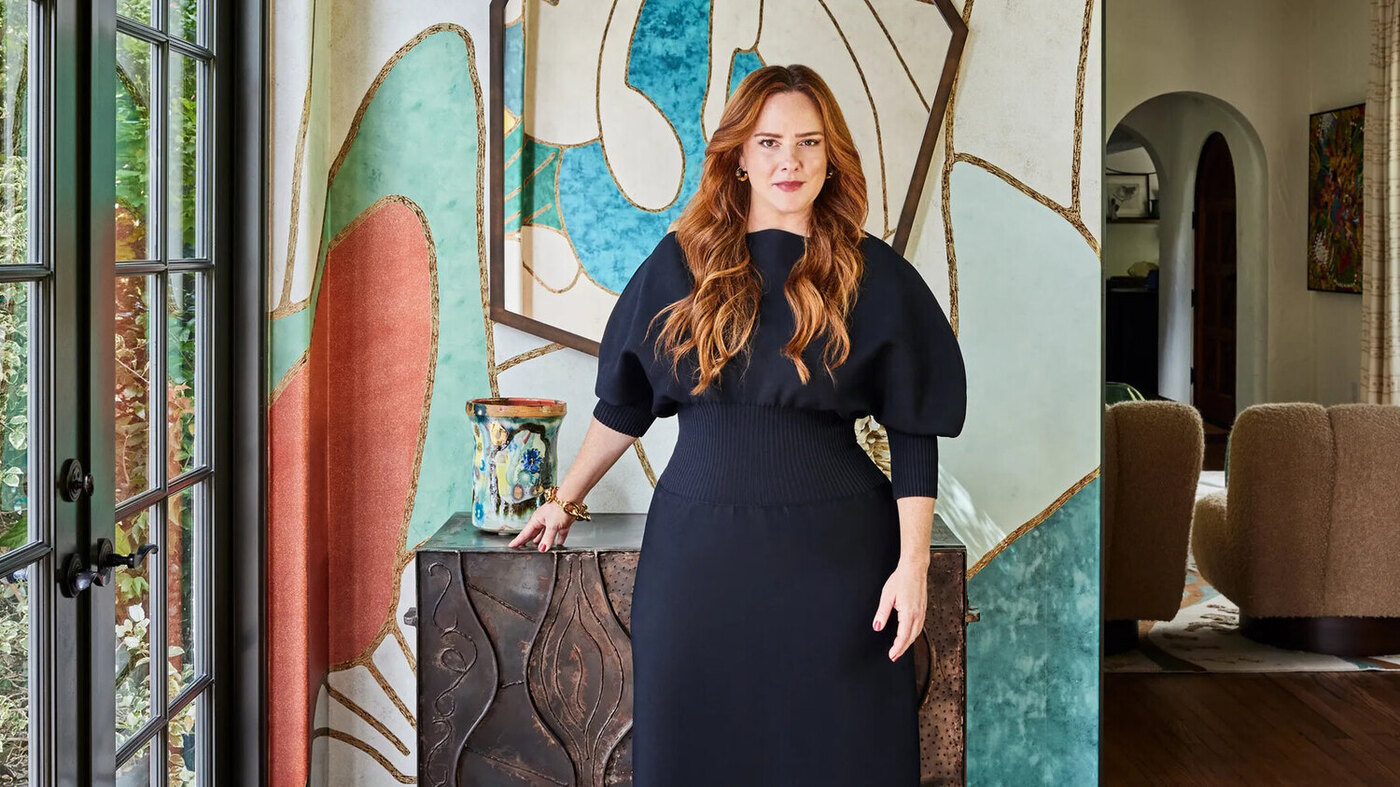
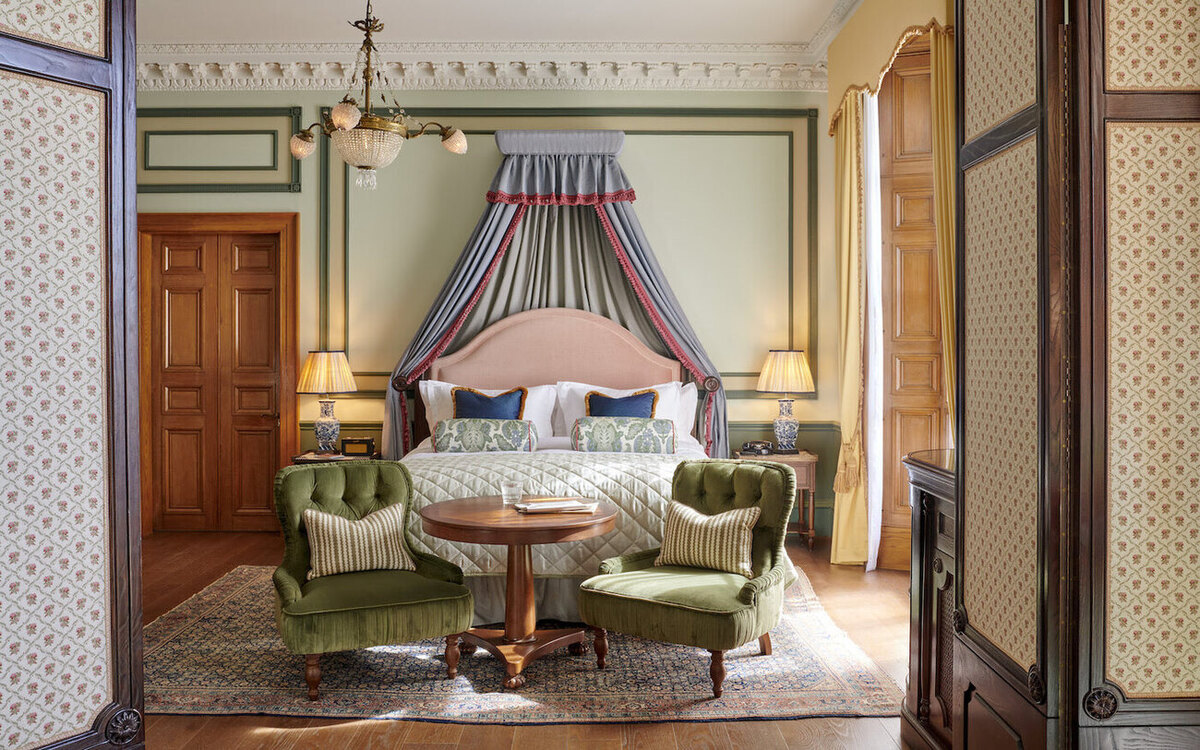
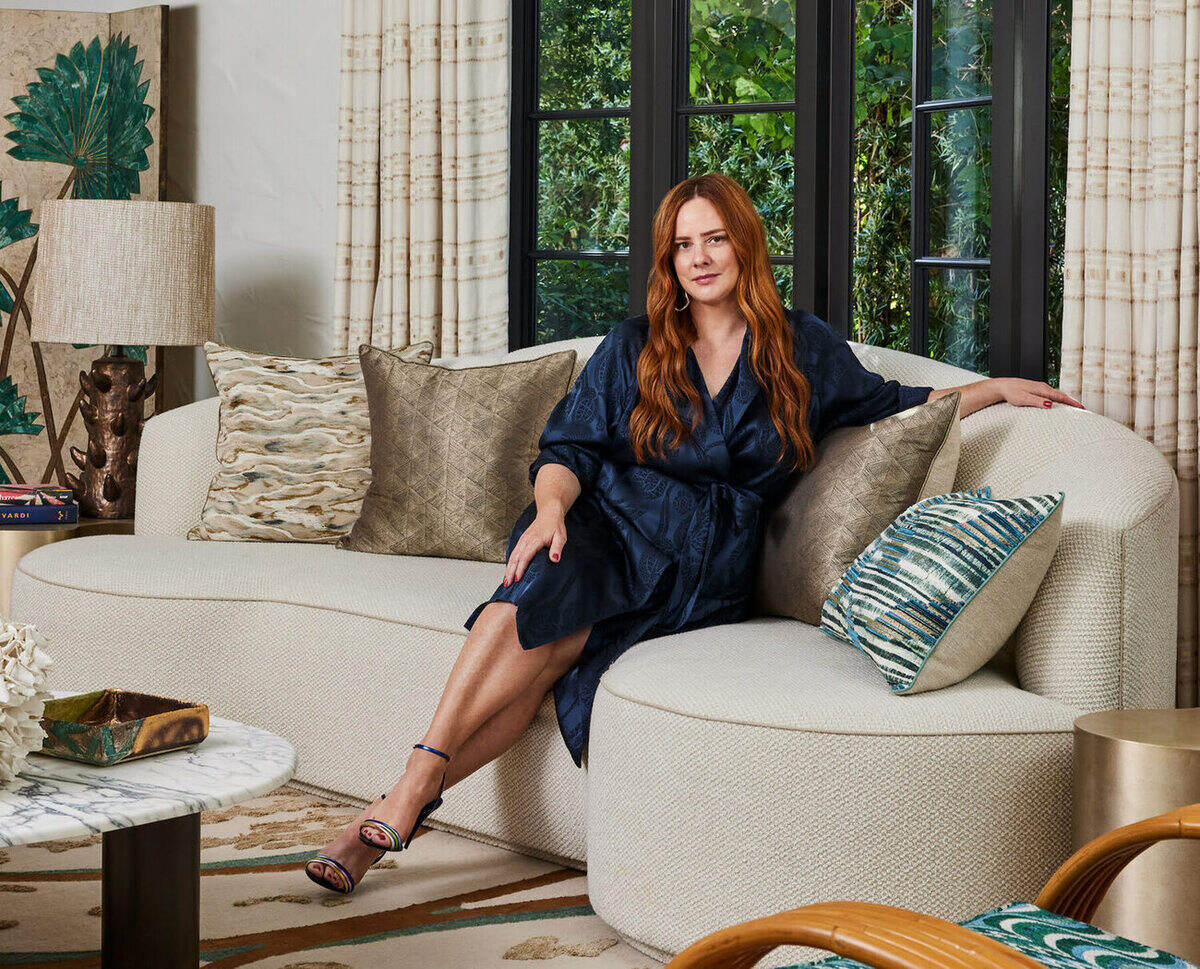
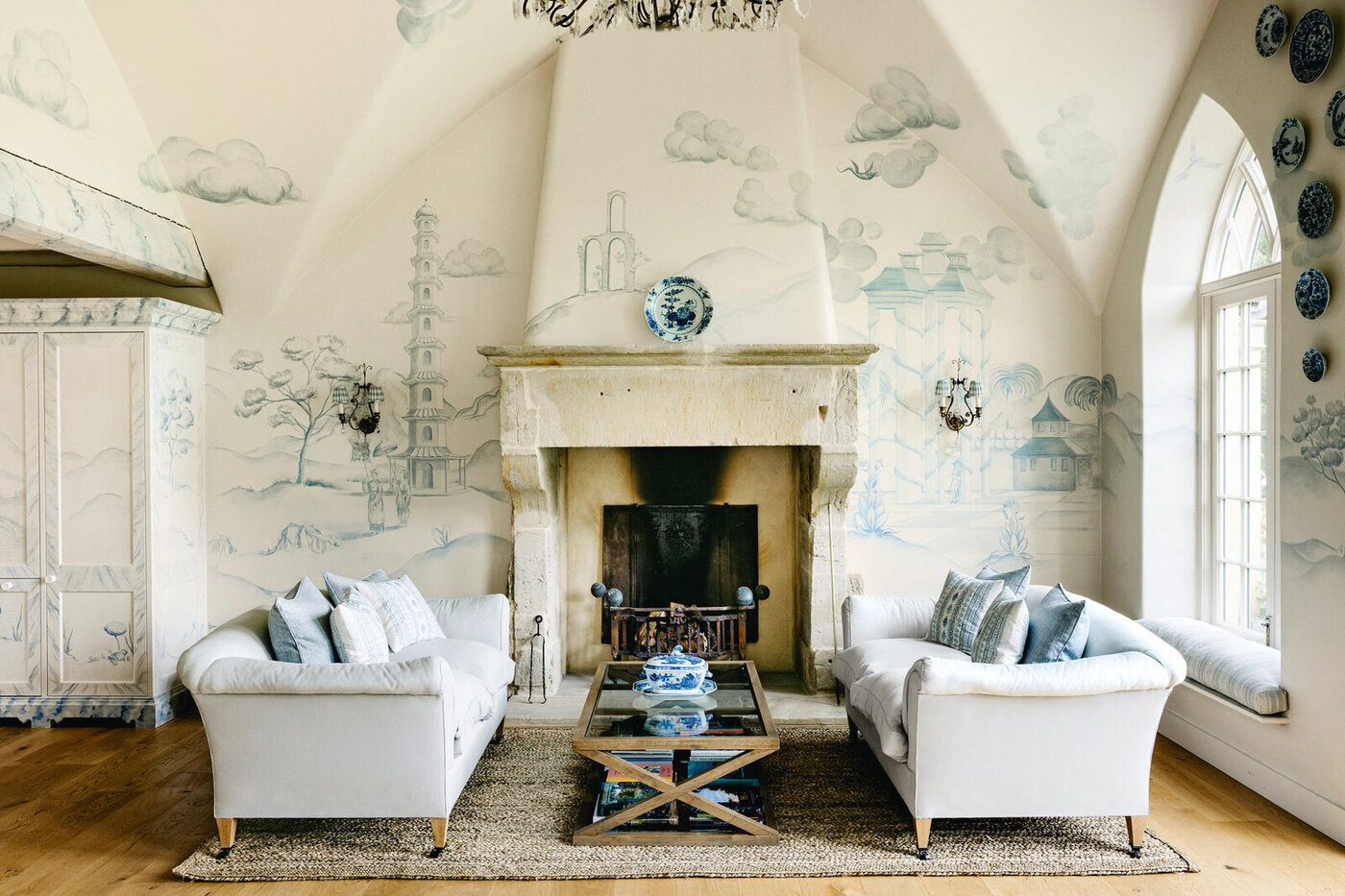
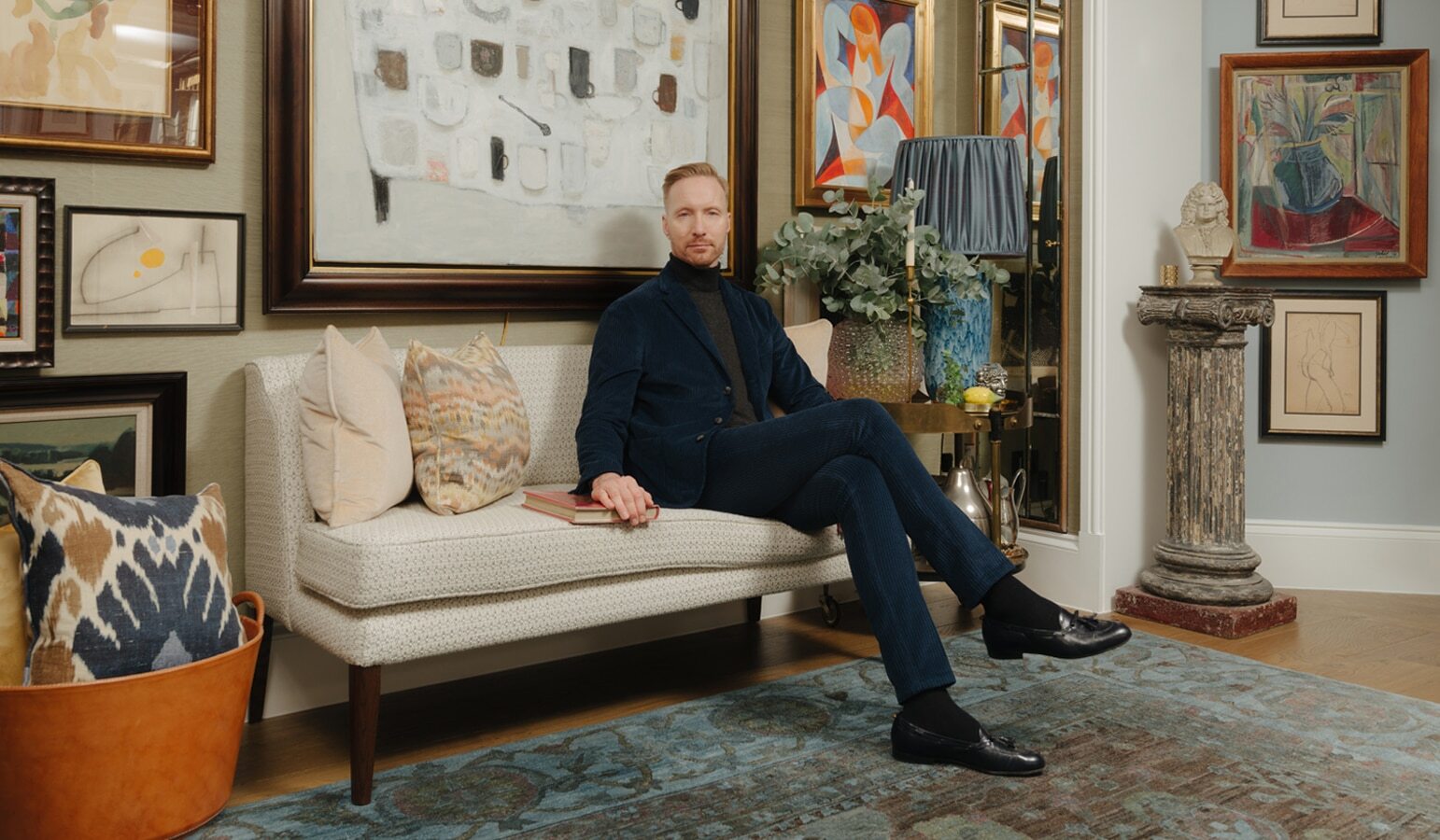
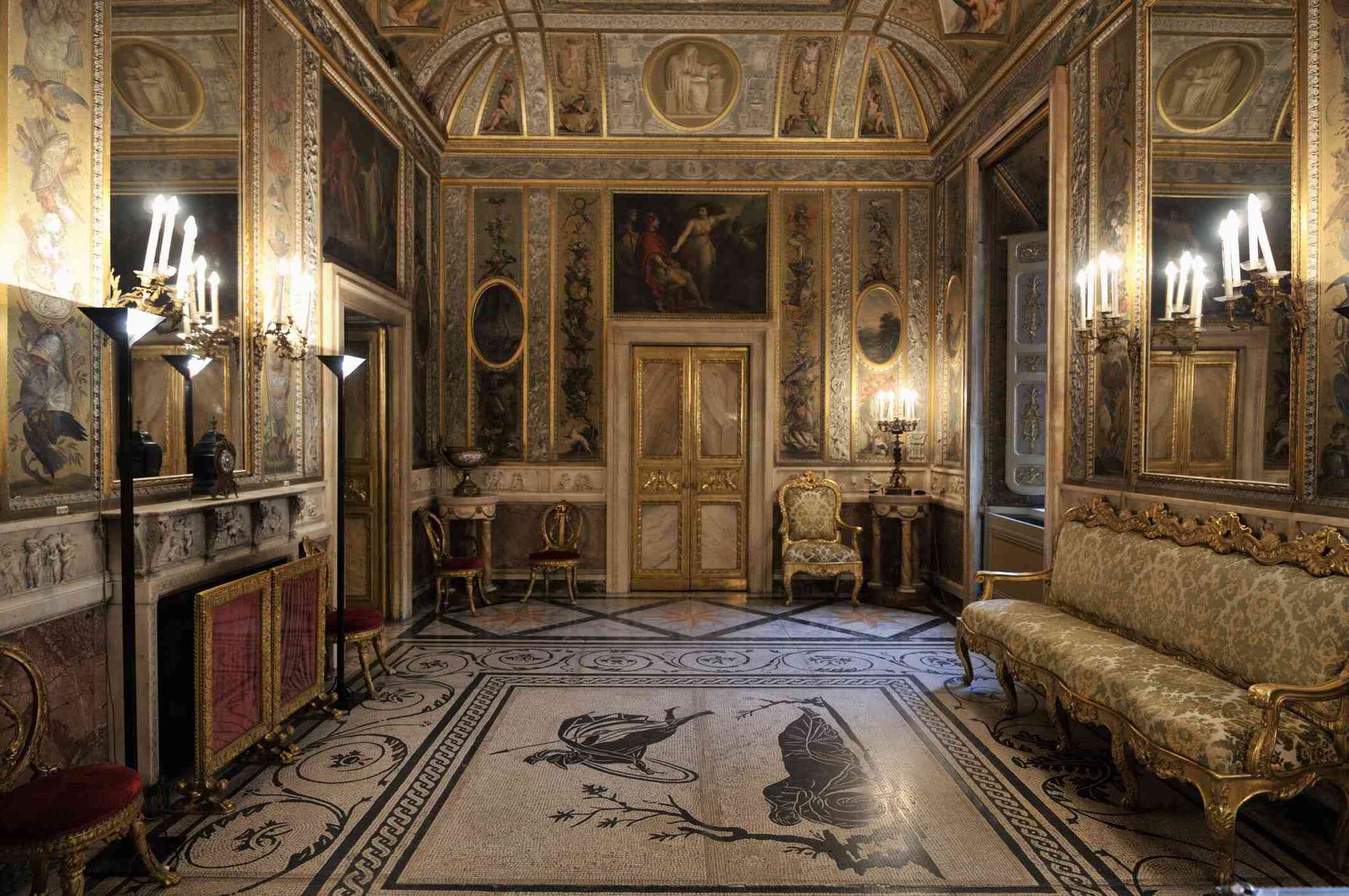
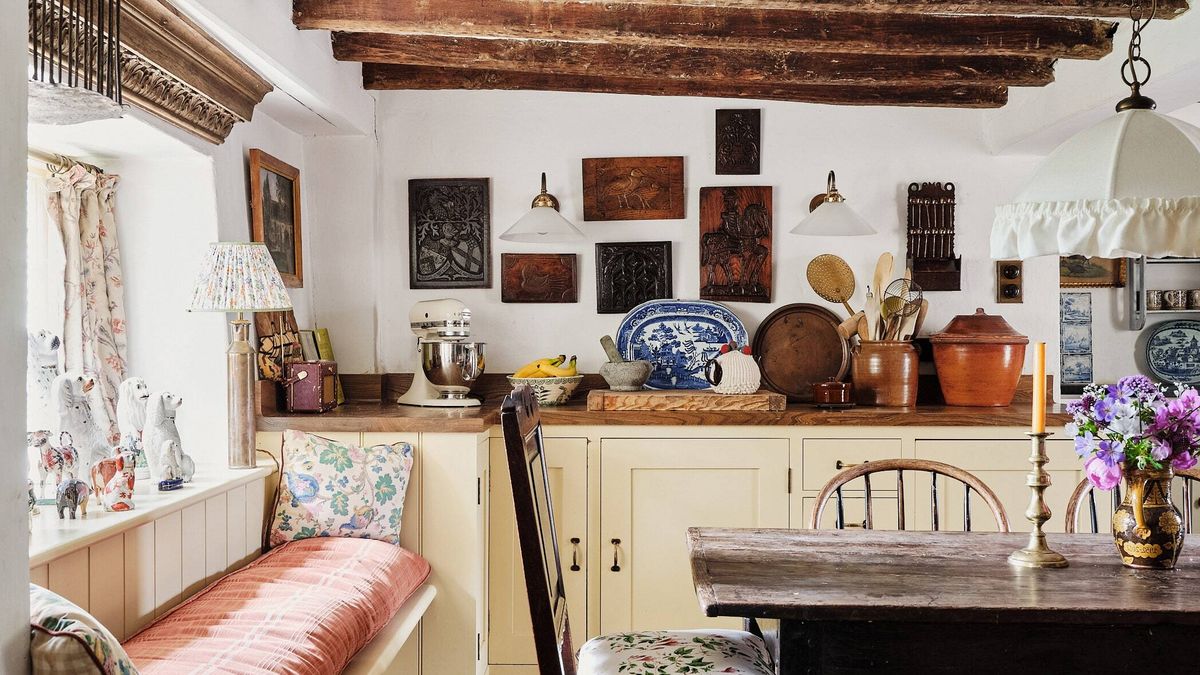

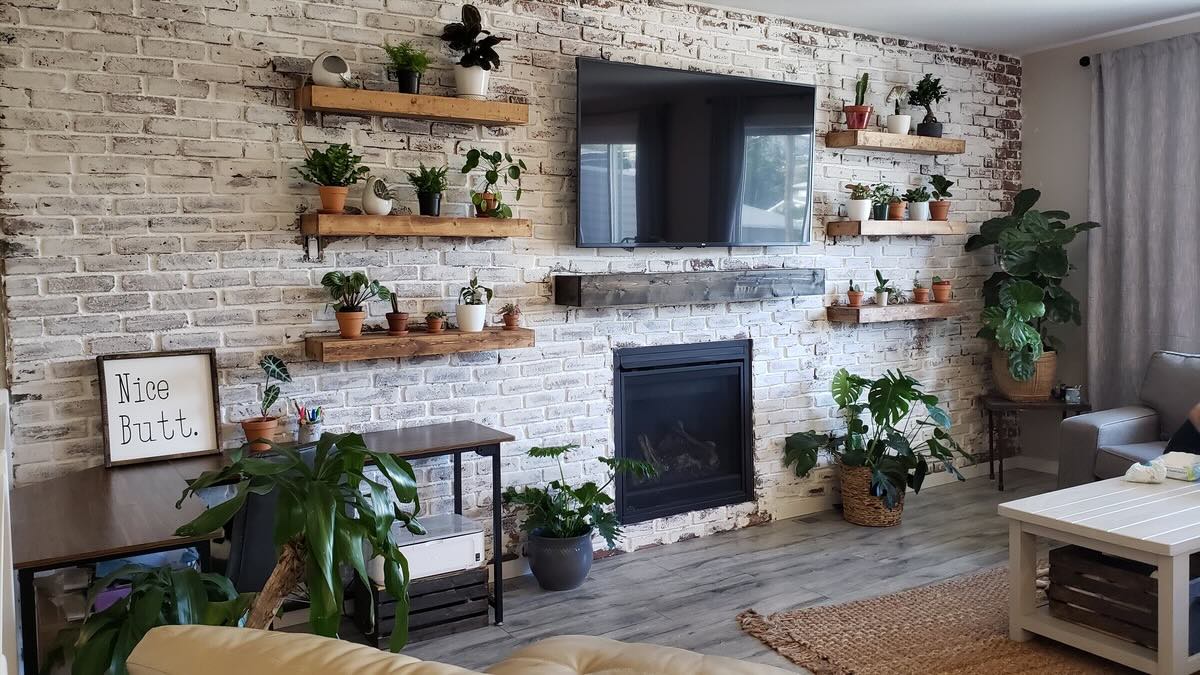

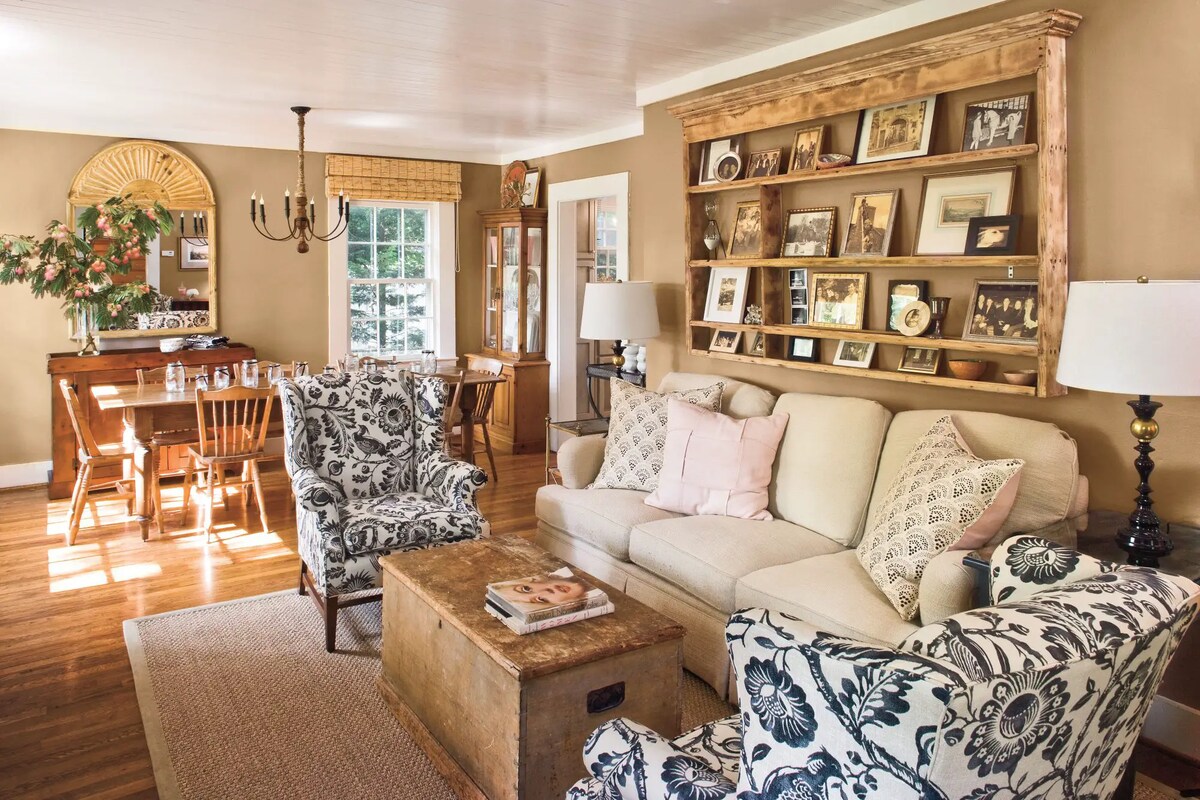
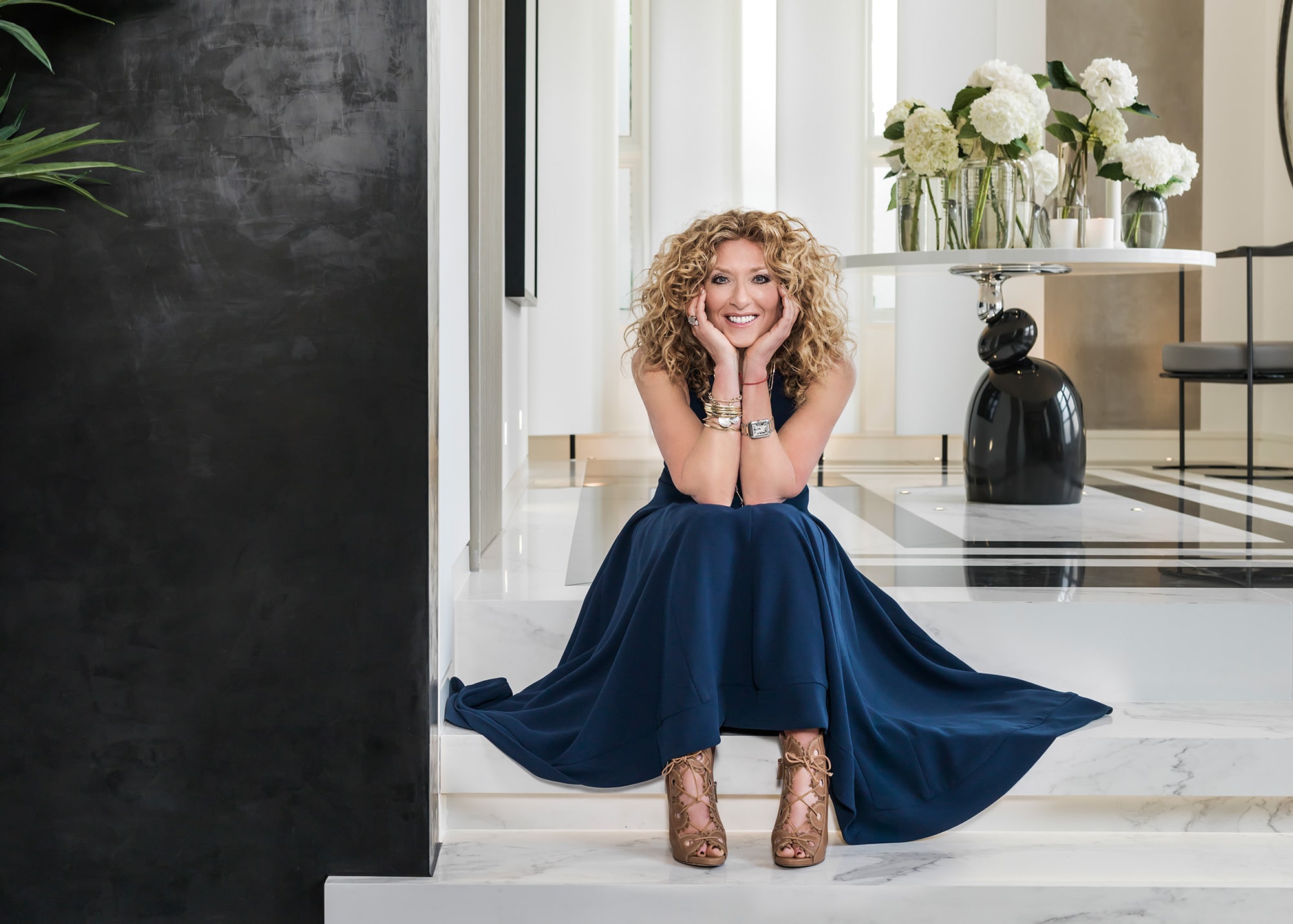
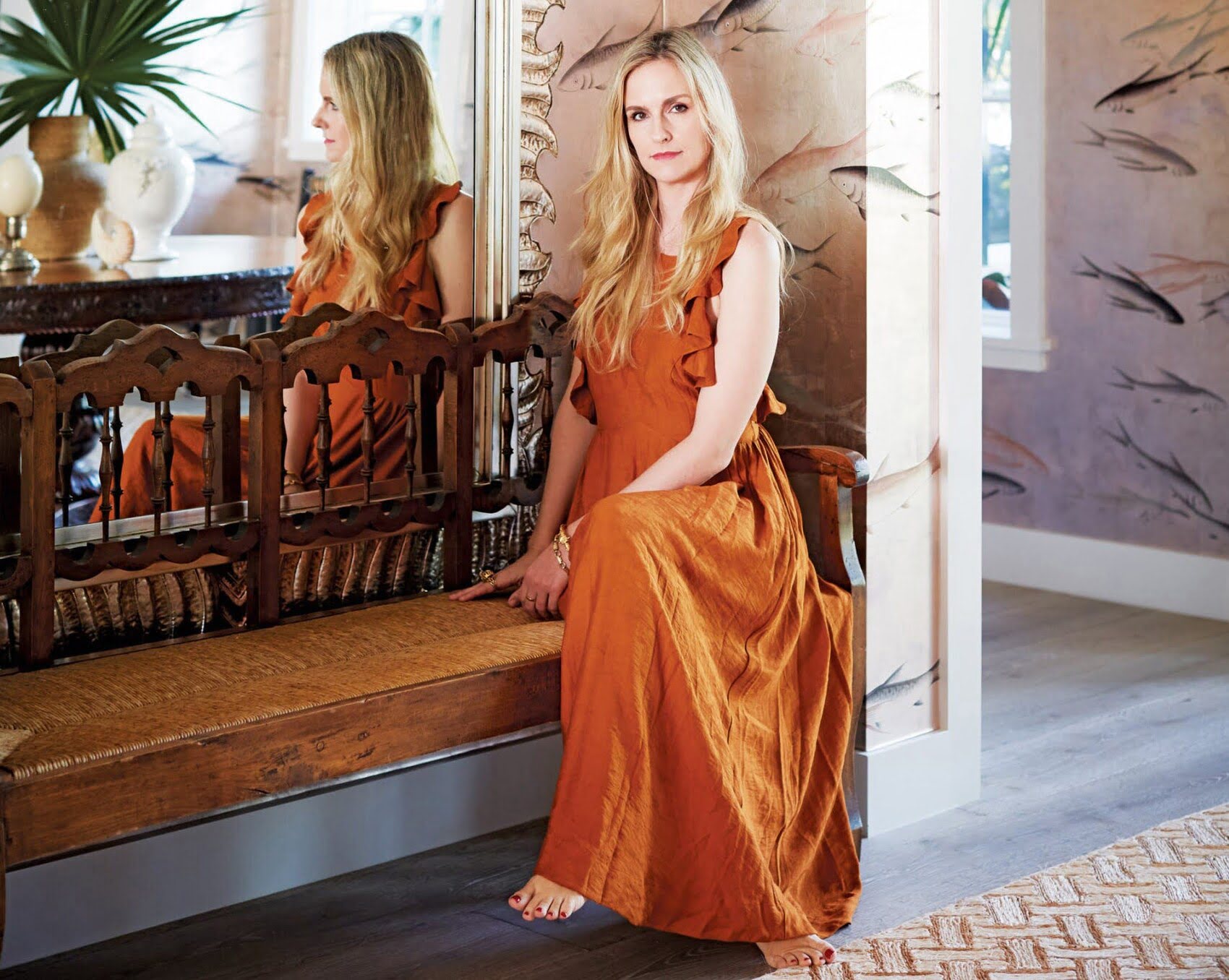

0 thoughts on “How To Create Repetition In Interior Design For Decorating Success”